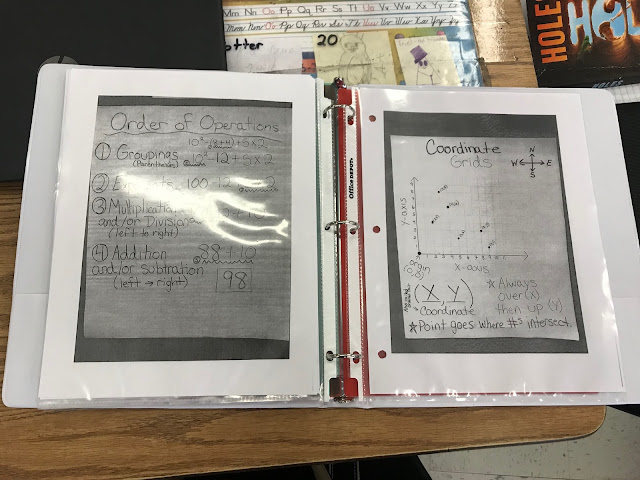The 5 Tenets of ANCHOR CHARTS
Anchor charts are designed to serve an important purpose and, no, it's not to cover cracks in your walls or even to "add a splash of color" to your classroom - no matter what the walls of the amazing Pinterest-clad classroom down the hall wants us to believe, anchor charts are intended to support learning ➕➖✖➗
The 5 Tenets of ANCHOR CHARTS
Anchor charts are designed to serve an important purpose and, no, it's not to cover cracks in your walls or even to "add a splash of color" to your classroom - no matter what the walls of the amazing Pinterest-clad classroom down the hall wants us to believe, anchor charts are intended to support learning ➕➖✖➗
Late Thursday night, I sent out an email to the PK-5 math teachers in our school district asking them to send me a few mathematics anchor chart examples that they currently have in their classroom so I could share them with you – I awoke Friday morning to nearly two dozen replies in my inbox! Every anchor chart below is hanging in one of our CCPS classrooms. THANK YOU... keep 'em coming.
What are Anchor Charts?
An anchor chart is a tool that is used to support student learning in a wide range of areas: Reading, Writing, Math, Self-Regulation of Behaviors, Classroom Routines, Etc...
We don't need to see the research data to know that students must see new concepts more than once before that information is stored in long-term memory (I'm thinking back to when my children were learning to drive and remembering how many times – oh so many times – I needed to remind them to check the cross traffic before proceeding across an intersection as the light turned green to avoid being hit by red-light runners). We don't need the research, but there is plenty of it that suggests that students (of all ages and ability levels) need multiple views of new information before the information is stored in long-term memory - 17 times to be exact!
In mathematics, there are several types of anchor charts that can be categorized by their purpose:
- Procedural anchor charts reinforce classroom routines and procedures. You might find a procedural anchor chart near the technology center outlining the procedure for getting and returning the laptops to the cart. Another may be hanging that helps students know how to discuss and debate mathematics with classmates during a group discussion. Procedural anchor charts typically hang on the walls all year long and are removed and stored for use next year.
- Informational anchor charts provide students with information about the topic. Many of the anchor charts that were sent to me today fall into this category. Look for the one anchoring the ideas about What is a fact family? or the one that helps students use correct vocabulary when discussing division.
- Process anchor charts walk students through a wide variety of processes. The anchor chart that helps students remember how to find perimeter would fall into this category as would the one that teaches the student the process for measuring length with a ruler or the kindergarten chart that shows them to determine "how many more?" when comparing to trains of snap cubes.
- Strategy anchor charts support students as they work to solve problems that require a strategy - much of the shift in mathematics education in the past decade is related to strategy, so we are likely to see a lot of these on the walls to support math learning. Examples of strategy anchor charts from the collection above include the one that shows how to find the the product of basic multiplication facts, beyond simply memorizing all of the facts. Also, the one showing various methods for counting was created in a PreK classroom to support our youngest learners and did you also notice the one that supports strategies for adding large numbers created with upper elementary students?
💡Check out this EXCEPTIONAL IDEA from Ms. Lee at CES: (added 2/27/19)
Between ELA and math, organization of all the anchor charts can become quite the challenge. I recently visited Ms. Lee's 5th grade classroom; she has a self-contained class and teaches math, ELA, and all the rest! When I entered her room, I saw anchor charts that reflected current learning on the walls, but her walls were not covered in them as I have seen in some classrooms -- she shared her brilliant strategy with me: After they make an anchor chart, she snaps a picture of it with her smart phone. When it is time to make a new anchor chart, the older one comes down and a picture of the anchor chart is added to each group's Anchor Chart Resource Binder that is organized by content area with labeled tabs. The binder sits right in the center of each group's table for all students in the group to access whenever they want it or need it. Brilliant!
Want to read more about anchor charts? Try these links:






